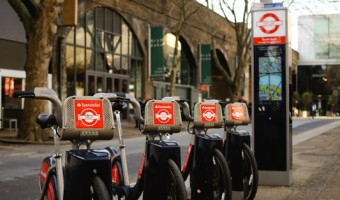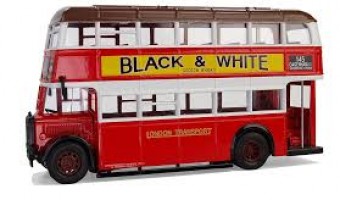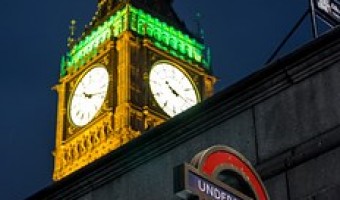It is easier than you think
One of the biggest challenges confronting visitors coming to London is having written down where they want to go and what they what to do is how to actually get there. Or more specifically how to get from point A to point B. Many visitors are surprised by the sheer size of London and are over awed by the practicalities of which mode of transport to select. The practicalities of say visiting the London Eye and then going off to spend the rest of the day in the Science Museum can be a little daunting.
London is a wonderfully diverse and cosmopolitan city – and it is also quite large (9 square miles), with various distinct boroughs and neighbourhoods that each possess its own unique signature. Fortunately for visitors, many popular attractions are all located in central London, making getting around town a little bit easier on tourists who may be new to the area. For those people wanting to explore a little wider afield in greater London there are plenty of travel options available.
London is a difficult city to drive in with parking, congestion charging and traffic adding to the problem. We would advise giving the ‘self-drive’ option a wide berth. Opt for public transit as your first choice, with multiple options such as the subway (tube), overground trains, double-decker buses and even trams. For the more adventurous they are plenty of cycling options and for those not on a budget the black cab is a very safe option.
So, first things first, chose where you want to go and plot it to a map. They are freely available in hard copy all over the city or you can use your TripTide planner and either print it out or have it on your mobile (cell) phone for reference. Then just choose how you want to travel. Our favoured route is just to walk but if your ‘planner’ is saying it’s a bit longer - a tube, a bus or a bike might better suit your purpose. Let us have a closer look at each one and how to get the best out of them.
The London Underground
Known as the Tube the London Underground is the city’s subway system it is relatively cheap and definitely not as scary to use as it might initially seem. It is an extensive transit system, going from inner to outer London. Maps are in ‘nodal’ form and once you are used to them give you all sorts of options. Tube maps are plentiful and there are always lots of wall-mounted versions for reference.
Double-Decker Buses
Although the historic double-decker buses are no longer in operation modern double-decker buses provide just as much sightseeing potential and equally convenient transit. They are also very good value and a great option for those who are interested in seeing the city as they travel. But beware – they are not a rapid option.
All buses are tracked via the iBus system, so it is an easy job to find out when the next bus is arriving at a given stop by using a smartphone or going online. There is also an app you can download for iPhones that will give you real time transit info.
Biking around London
Another great option for how to get around is to travel via bike. Whether you are renting a bike to pedal around on your own or traveling as part of a guided tour group it is a fantastic way to travel. There are lots of ‘Boris’ bike (Santander brand bicycles for public usage) stations around but please take care when you are riding and be vigilant of everything around you. There are also bike lanes all over the city, and drivers are very accustomed to bikes on the roads.
Over-ground trains
If you are going further afield into outer London – the areas are sometimes either not served best by the tube or they can be reached quicker by over ground trains. These trains can be accessed at the main lines depots – train stations that serve a variety of destinations to outer London. They are often great repositories of historical fact and stories. In general visitors can reach these areas from the following destinations:
Waterloo – the South West
London Bridge and Victoria – the South East
Paddington – the West
Euston – the North
Fenchurch Street and Liverpool Street – the East
Travellers can use their Oyster cards if their destination is within the 6 allowable zones.
Taxis
London’s famous black taxis are all over the place but can be very hard to flag down – you will need perseverance. Use one of the many cab-booking apps to easily reserve one or use a popular rideshare service, like Uber. Fares are priced via distance/time and tariff (which is a system that essentially just means different times of the day and week). The biggest difference you will notice is that fares are more expensive (although not by much) late at night.
Take a little more care when booking an unlicensed taxi. Most minicab companies are safe and reliable, but you should be careful. You can order a minicab by telephone, or from outside the company's office. A minicab driver is not allowed to pick up customers directly from the road: if you do travel in a minicab that has not been booked you will not be covered by the vehicle's insurance, and you may be putting yourself at personal risk.
Best ticketing options for traveling:
The Oyster
Our biggest piece of advice for how to easily get around is to buy a Visitor Oyster Card (or Oyster Travelcard if you’d prefer to pay a flat fee for the length of your stay). Flat rate fares on the Oyster Travelcard are quite expensive, so it is more cost-effective to buy the Visitor Oyster Card. You can easily purchase, store, and refill fare on a Visitor Oyster Card and you can even receive a refund for unused fare above £10 after 48-hours of using the card for the first time. You will need to swipe your Oyster Card as you exit and enter the Underground to determine your fare based on the length of your trip, so keep your ticket handy or you will be charged the maximum amount by default. These cards are usable on all London public transit – trains, buses and even river buses.
 Travelling Around Town
Travelling Around Town


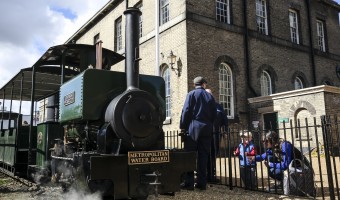

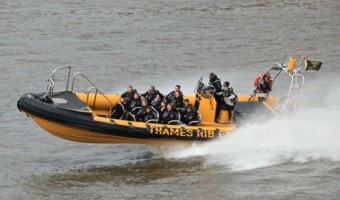
 Load more triptoids
Load more triptoids